
Early research has had DNA making circuits and little factories. We haven't really seen DNA used as a storage medium, however, and it's evident we've been missing out. A Harvard team led by George Church, Sriram Kosuri and Yuan Gao can stuff 96 bits into a DNA strand by treating each base (A, C, G, T) as though it's a binary value. The genetic sequence is then synthesized by a microfluidic chip that matches up that sequence with its position in a relevant data set, even when all the DNA strands are out of order. The technique doesn't sound like much on its own, but the microscopic size amounts to a gigantic amount of information at a scale we can see: about 704TB of data fits into a cubic millimeter, or more than you'd get out of a few hundred hard drives. Caveats? The processing time is currently too slow for time-sensitive content, and cells with living DNA would destroy the strands too quickly to make them viable for anything more than just transfers. All the same, such density and a lifespan of eons could have us turning to DNA storage not just for personal backups, but for backing up humanity's collective knowledge. We're less ambitious -- we'd most like to know if we'll be buying organic hard drives alongside the fair trade coffee and locally-sourced fruit.
Continue reading Harvard stores 704TB in a gram of DNA, may have us shopping for organically-grown storage (video)
Filed under: Storage, Science
Harvard stores 704TB in a gram of DNA, may have us shopping for organically-grown storage (video) originally appeared on Engadget on Sun, 19 Aug 2012 01:06:00 EDT. Please see our terms for use of feeds.
Permalink  ExtremeTech
ExtremeTech |
 Harvard University
Harvard University |
Email this |
Comments
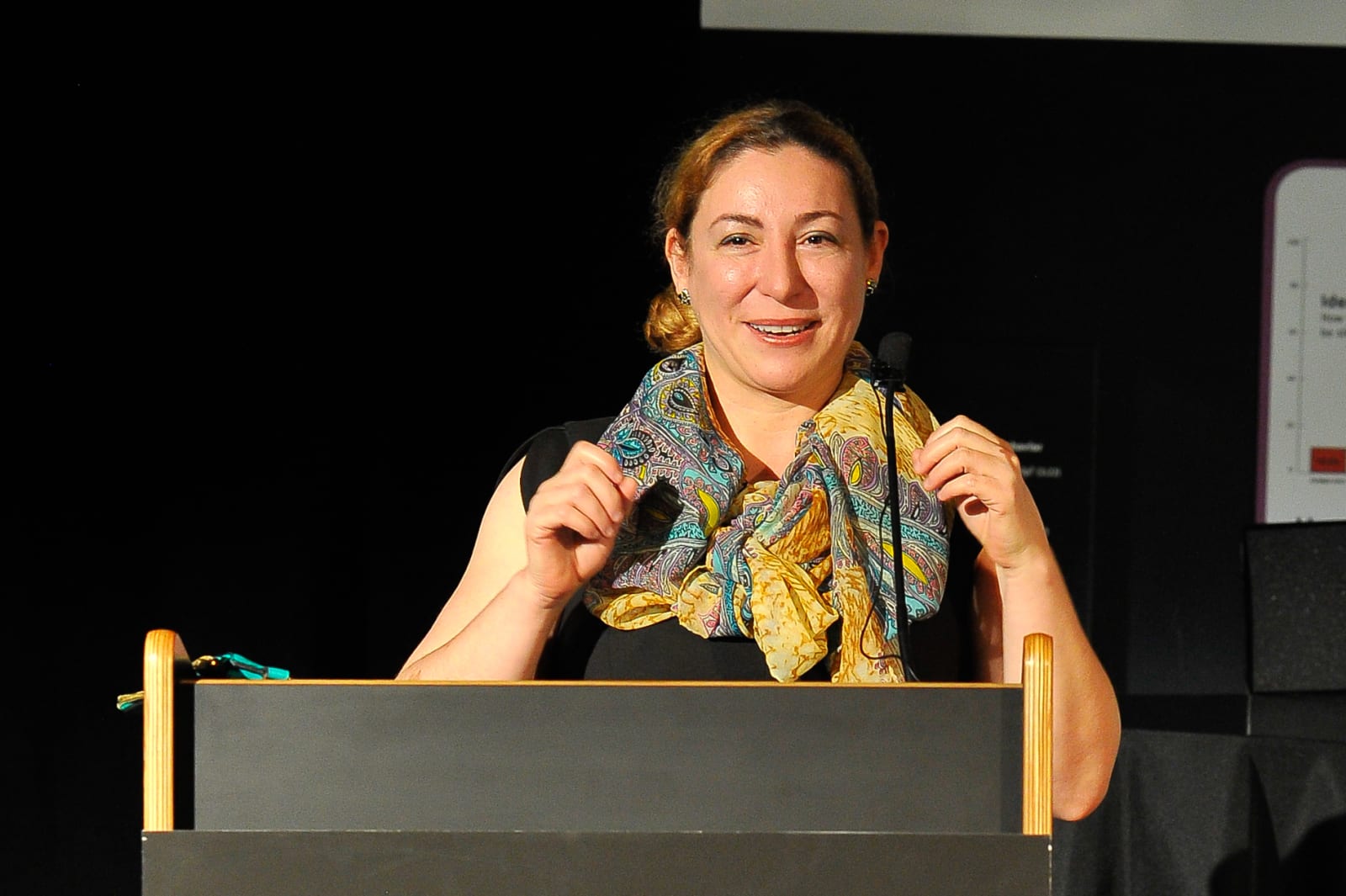 Another lab testing startup is facing legal scrutiny, albeit not for the same reasons as Theranos. The Wall Street Journal has learned that the FBI is investigating uBiome, a firm that tests microbiomes (the communities of organisms in your body) to...
Another lab testing startup is facing legal scrutiny, albeit not for the same reasons as Theranos. The Wall Street Journal has learned that the FBI is investigating uBiome, a firm that tests microbiomes (the communities of organisms in your body) to...
 Another lab testing startup is facing legal scrutiny, albeit not for the same reasons as Theranos. The Wall Street Journal has learned that the FBI is investigating uBiome, a firm that tests microbiomes (the communities of organisms in your body) to...
Another lab testing startup is facing legal scrutiny, albeit not for the same reasons as Theranos. The Wall Street Journal has learned that the FBI is investigating uBiome, a firm that tests microbiomes (the communities of organisms in your body) to...
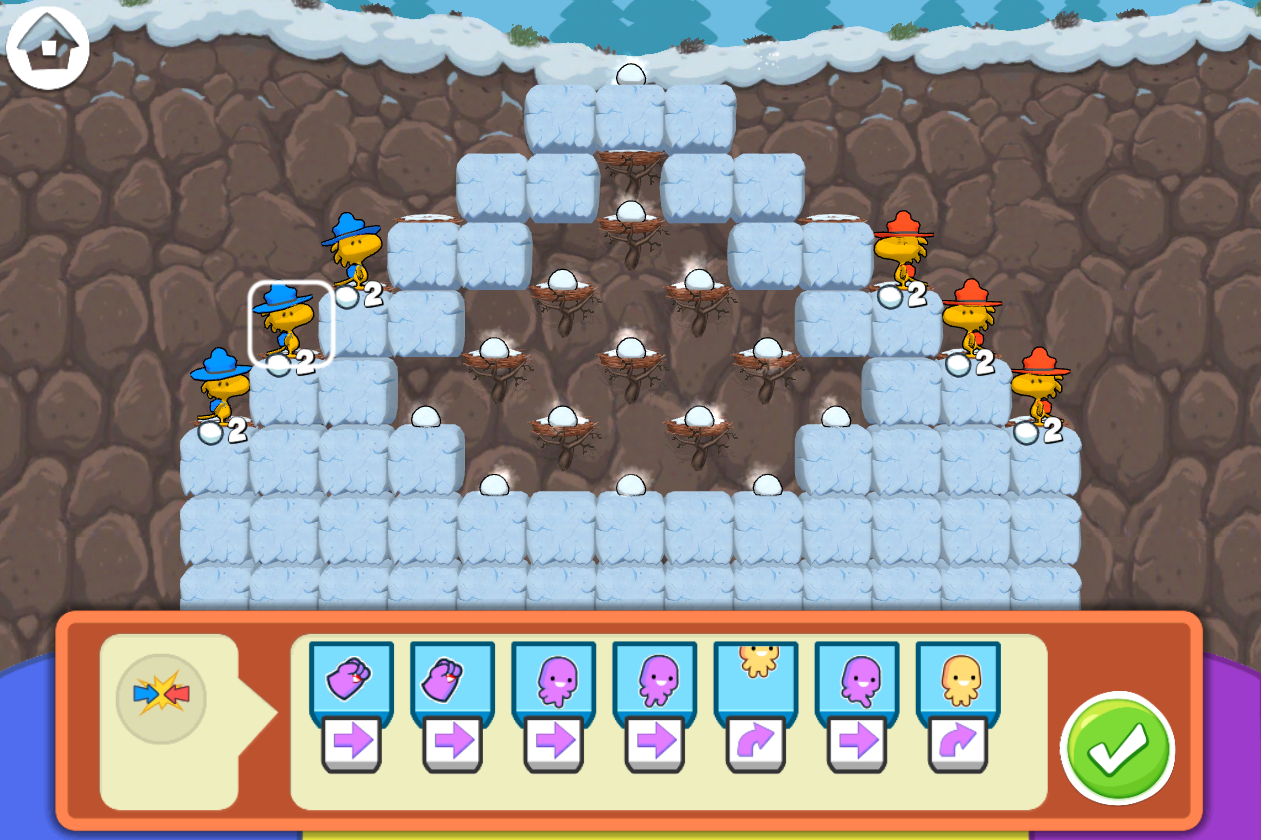 Snoopy is taking a break from lying on his doghouse and staring at the sky to help kids learn about computers and coding. As part of Computer Science Education Week (December 4-10), codeSpark Academy and the Peanuts brand are teaming up to release ho...
Snoopy is taking a break from lying on his doghouse and staring at the sky to help kids learn about computers and coding. As part of Computer Science Education Week (December 4-10), codeSpark Academy and the Peanuts brand are teaming up to release ho...
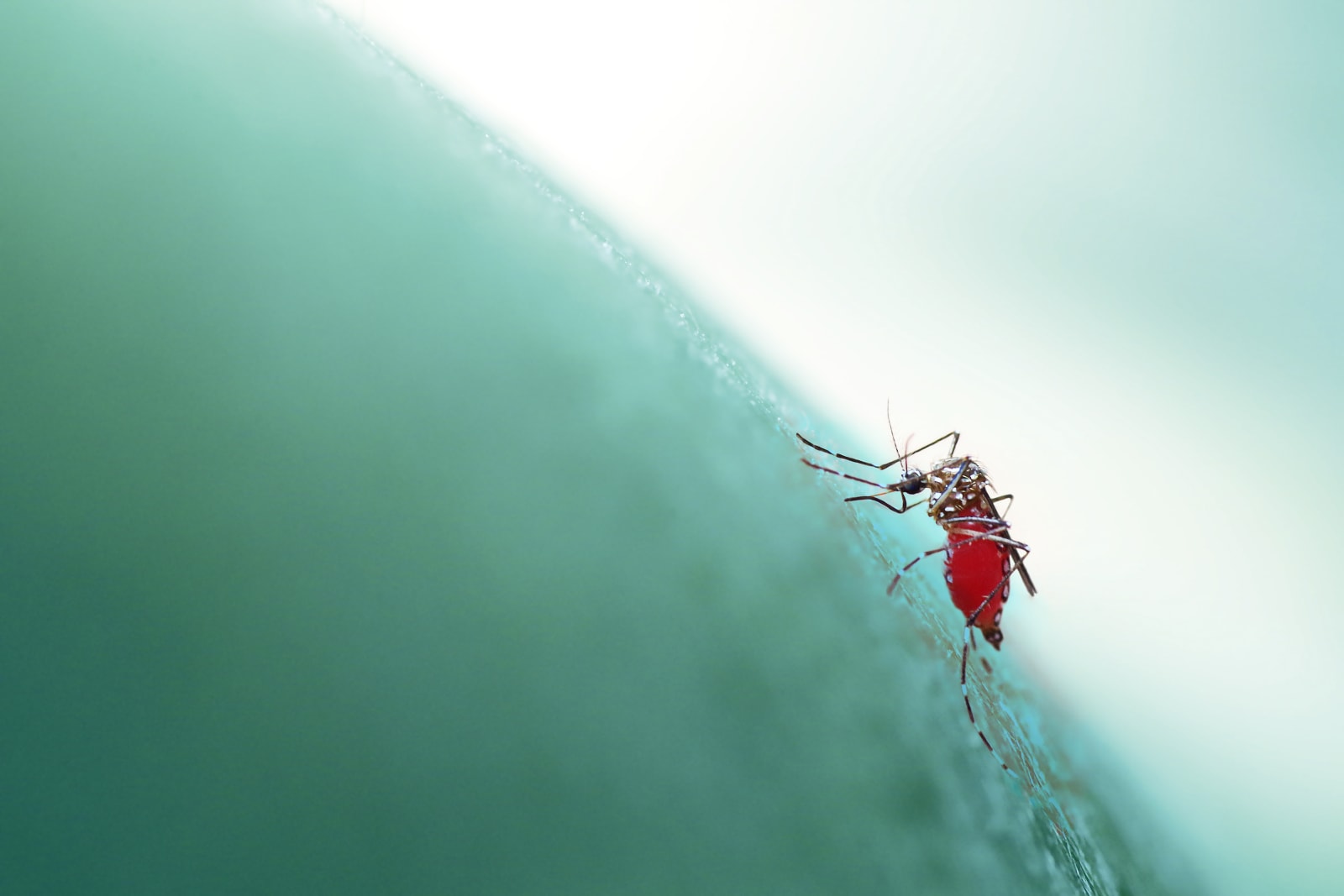 To put it mildly, sequencing and building a genome from scratch isn't cheap. It's sometimes affordable for human genomes, but it's often prohibitively expensive (hundreds of thousands of dollars) whenever you're charting new territory -- say, a speci...
To put it mildly, sequencing and building a genome from scratch isn't cheap. It's sometimes affordable for human genomes, but it's often prohibitively expensive (hundreds of thousands of dollars) whenever you're charting new territory -- say, a speci...
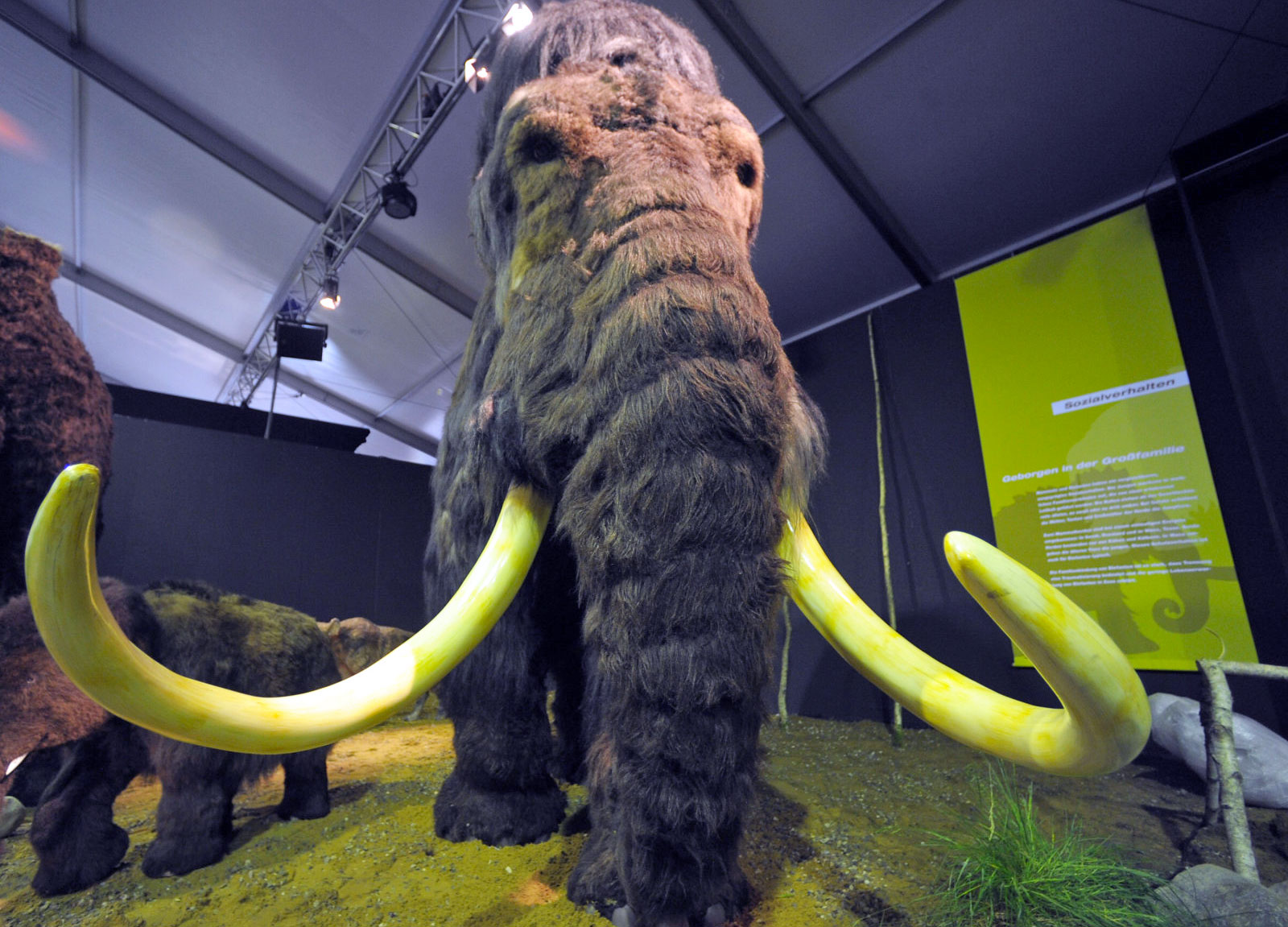 After successfully extracting sequenceable DNA from a pair of Woolly Mammoth carcasses pulled from Siberia's permafrost in 2014, a team of Harvard researchers announced on Thursday that they are tantalizing close to cloning the (currently) extinct pa...
After successfully extracting sequenceable DNA from a pair of Woolly Mammoth carcasses pulled from Siberia's permafrost in 2014, a team of Harvard researchers announced on Thursday that they are tantalizing close to cloning the (currently) extinct pa...
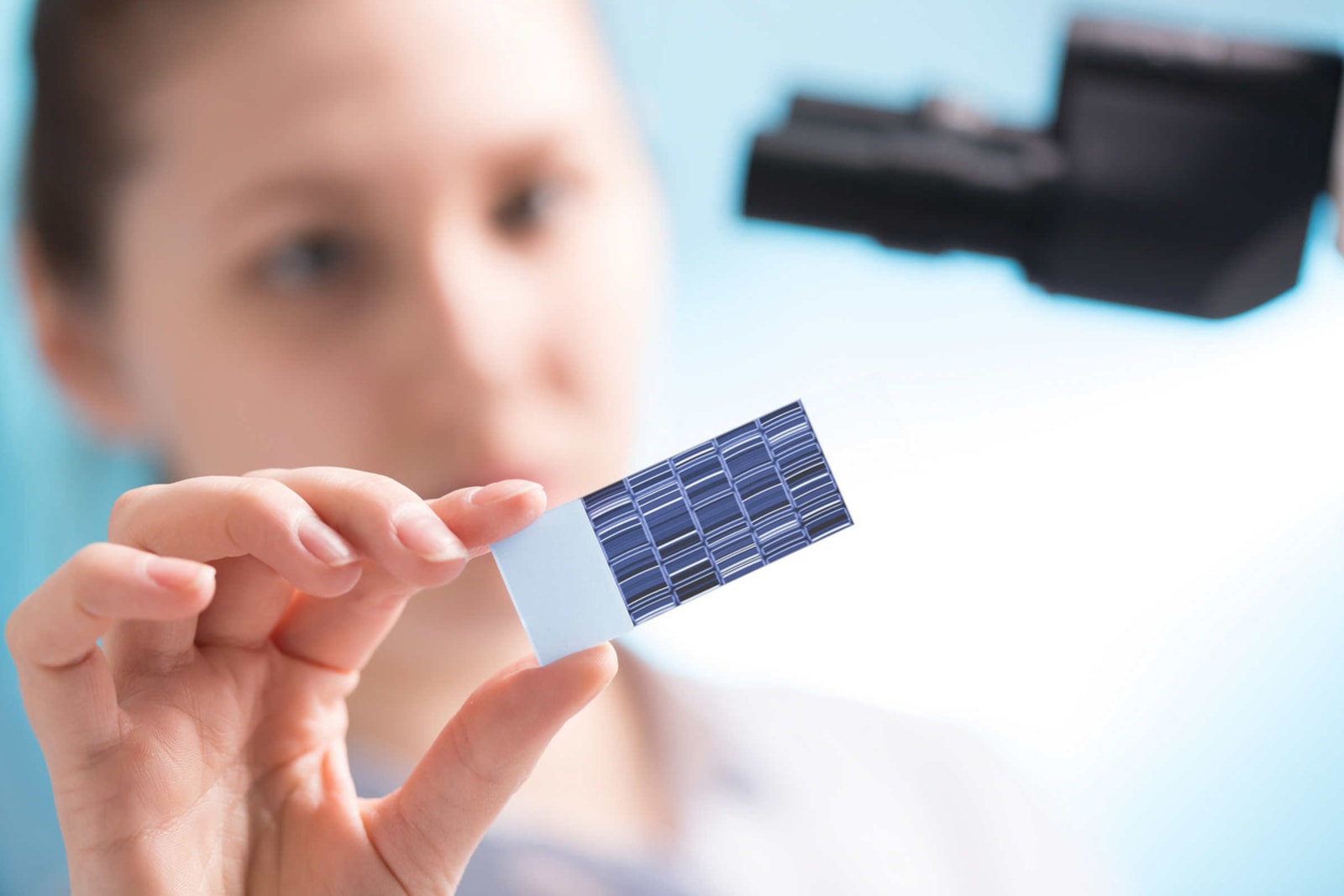 The team at 23andMe is dialing back some of its grander plans for DNA analysis. Co-founder Anne Wojcicki has confirmed to BuzzFeed News that her company has stopped working on next-generation sequencing that would reveal much more about your genes,...
The team at 23andMe is dialing back some of its grander plans for DNA analysis. Co-founder Anne Wojcicki has confirmed to BuzzFeed News that her company has stopped working on next-generation sequencing that would reveal much more about your genes,...










